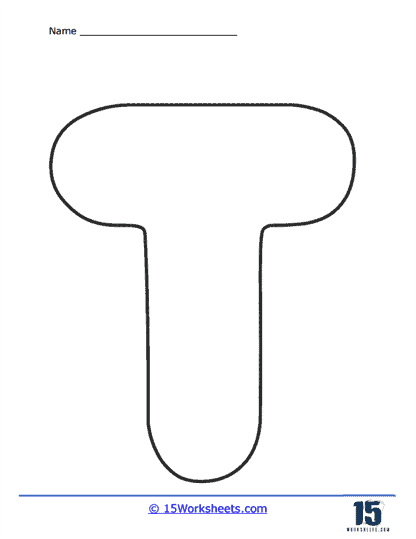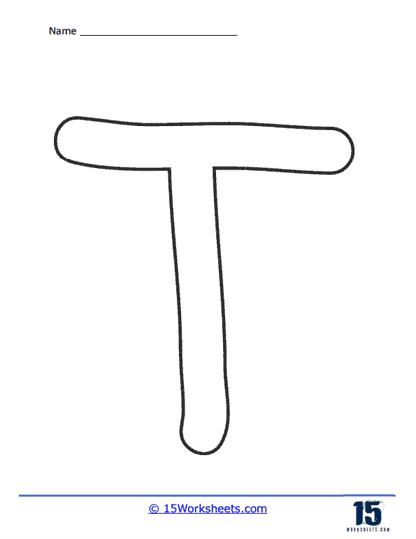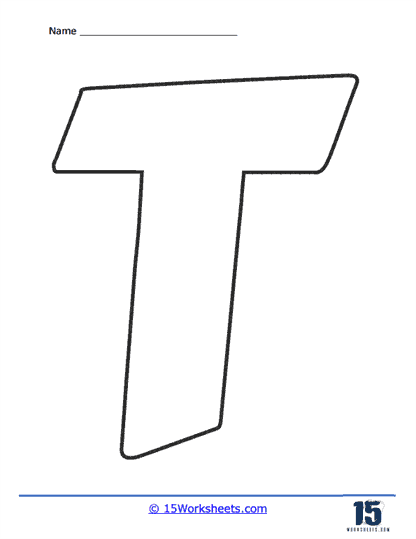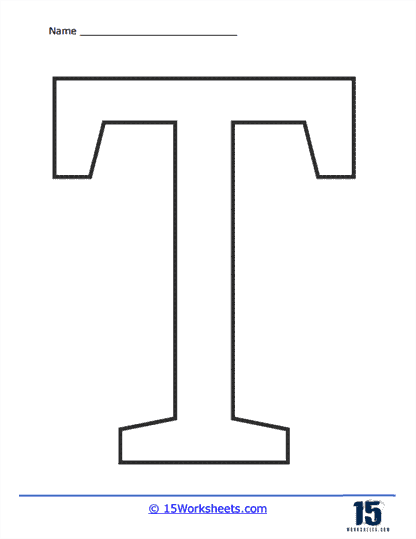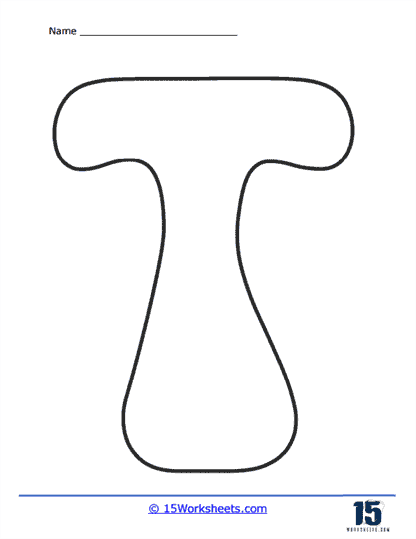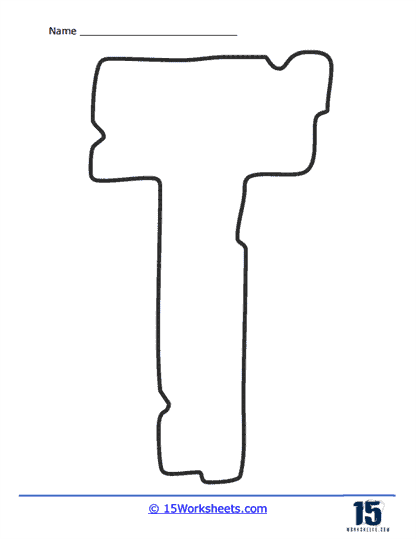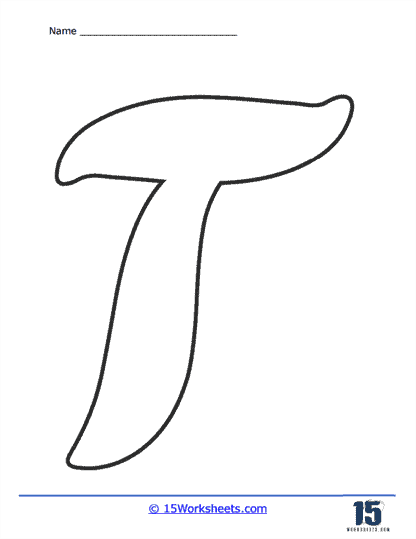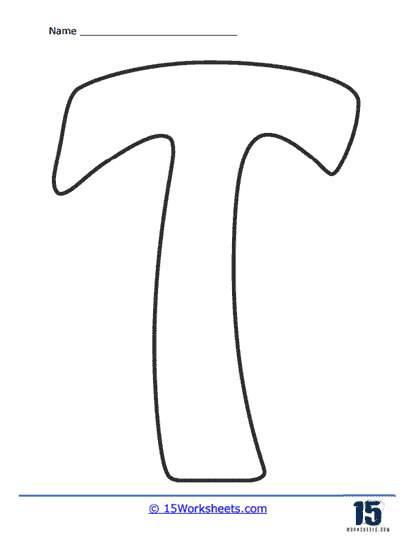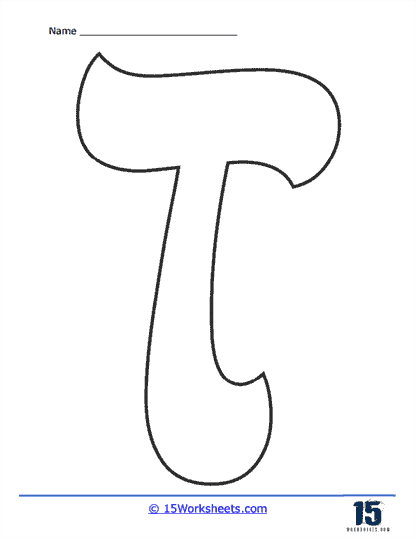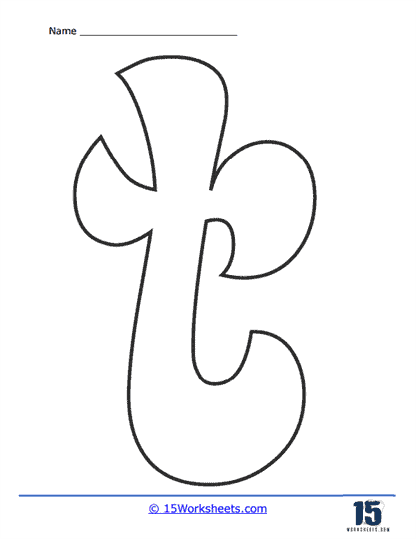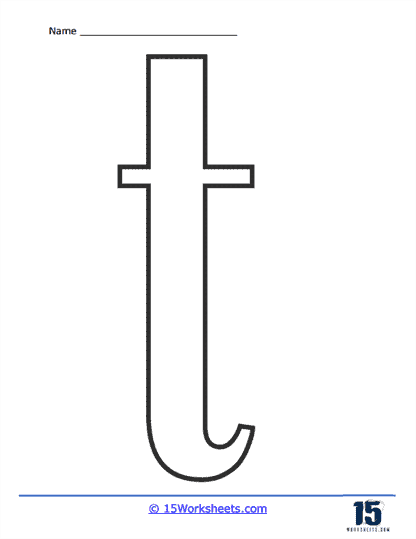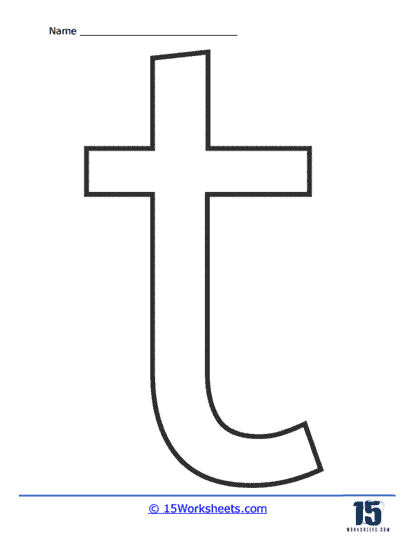Bubble Letter T Worksheets
All About These 15 Worksheets
Bubble Letter T worksheets serve as a fun and engaging educational tool that both students and teachers can benefit from. For students, especially those in their early years, the visualization of letters in a larger, bubbled format aids in grasping the foundational elements of the alphabet. For teachers, these worksheets offer an opportunity to incorporate a variety of interactive and creative teaching methods.
So, how does coloring and tracing bubble letters, particularly in the form of the letter T, facilitate the enhancement of reading and writing skills? The act of tracing and coloring these letters provides a multisensory experience. It’s not just about visual recognition; it’s also about muscle memory. By tracing the bubble letters, students are physically reinforcing the shape and structure of the letter. Coloring them adds an additional layer of engagement, making the learning process more memorable. This kind of physical interaction with letters supports the development of fine motor skills, which are crucial in the early stages of handwriting.
When it comes to vocabulary, there are a plethora of words that can accompany Bubble Letter T worksheets. Teachers might introduce words such as “tree,” “turtle,” “train,” and “tiger.” These vocabulary words can be depicted as illustrations on the worksheets, allowing students to associate the letter with particular words and images. This not only reinforces their grasp on the alphabet but also expands their vocabulary in a fun and interactive manner.
Now, why does the letter T pose challenges for some students? The formation of the letter T requires a combination of straight lines, both vertical and horizontal. For young learners, coordinating their hand movements to produce straight lines and meeting at the right point can be somewhat tricky. The upper-case T requires the mastery of drawing one vertical line and then intersecting it with a horizontal one. While it might sound simple to adults, for young students mastering hand-eye coordination, it’s a skill that needs practice.
The lower-case “t” also has its challenges. While it also involves straight lines, the positioning of the horizontal line is different than its upper-case counterpart. The lowercase “t” demands precision, as the horizontal line must be placed not at the top, but near the middle of the vertical stroke. The potential for confusion between the placement of the horizontal line in both the upper and lower case variants can be a source of difficulty for young learners.
While the letter T may present challenges to students due to its formation, tools like Bubble Letter T worksheets offer a creative solution to these challenges. These worksheets not only reinforce letter recognition but also enhance fine motor skills, vocabulary, and provide a multisensory approach to learning. With the right strategies and consistent practice, students can conquer the challenges posed by the letter T, setting them on a path to proficient reading and writing skills.


